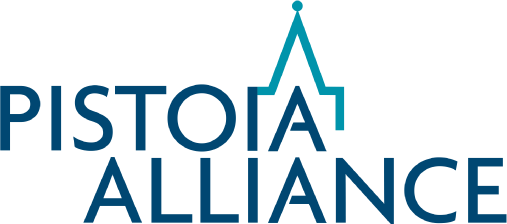Person Creating Document: Emiliano Reynares
Idea Originator: Andrea Splendiani, Michele Arnoe, IQVIA
The Healthcare Real-World Data (RWD, from now) are patient level data routinely collected from sources other than traditional clinical trials, like clinical observations, medication, claims, molecular profiling, family history, mobile health, environmental, patient reports, and social media.
RWD could provide a holistic view of people’s health by capturing information from sources that reflect the several contexts the patients act on. RWD can make drug discovery more efficient by better finding unmet medical needs, optimizing the design of clinical studies, informing benefit-risk assessments, enabling large- scale analytics, and expanding products on-label indications. RWD could be used to make healthcare systems more sustainable by supporting evidence-based decision making, health technology assessment, and pharmacovigilance.
Key to an effective use of RWD is the ability to find such data, understand their characteristics and their fitness for purpose.
While standards for the representation of RWD are being developed (e.g.: OMOP), there is no standard for the metadata describing such datasets. Such metadata need to cover aspects related to collection process, biases, consent, standards and more. With thousands of sources available, the lack of consistent metadata hampers findability and even usability of RWD.
Idea Proposal and Value Proposition
The goal of the project is to develop a metadata standard to describe RWD sources, that can be machine-actionable and enable semantic-based findability and integration.
Such metadata scheme will provide a best and shared way to describe the content, quality, focus and characteristics of a RWD dataset in a way that would enable the understanding of which source is best to answer specific scientific questions.
By developing such metadata scheme as an ontology, following standards like DCAT and/or schema.org, we will also enhance datasets discoverability and ultimately increase data sources compliance with FAIR principles.
This resource will benefit RWD source providers, by providing them with a standard way annotate data and an enhanced findability of their asses.
Large scale data consumers (e.g.: data offices in pharma) would be able to increase the usability of RWD data to downstream users but providing richer internal data catalogues.
Finally, a variety of data professionals will benefit by being able to efficiently assess what RWD source is fit for purpose, in scenarios such as:
- Clinical trial optimization, to find best sites and the most proper patients.
- Epidemiology assessment, to check the pathology evolution and therapeutic strategies.
- Drug safety and risk management, to segment, analyse and assess the safety and risk/benefit of therapeutic interventions in a real-world setting.
- HEOR/Market access, to prove the value of medicine through evidence-based health economic evaluation and real-world outcomes for best pricing, reimbursement, and coverage potential.
Critical Success Factors
The success of the project requires the main RWD aggregators and providers to adopt the developed machine actionable standard to support the integration and discoverability of the sources they offer to their customers.

